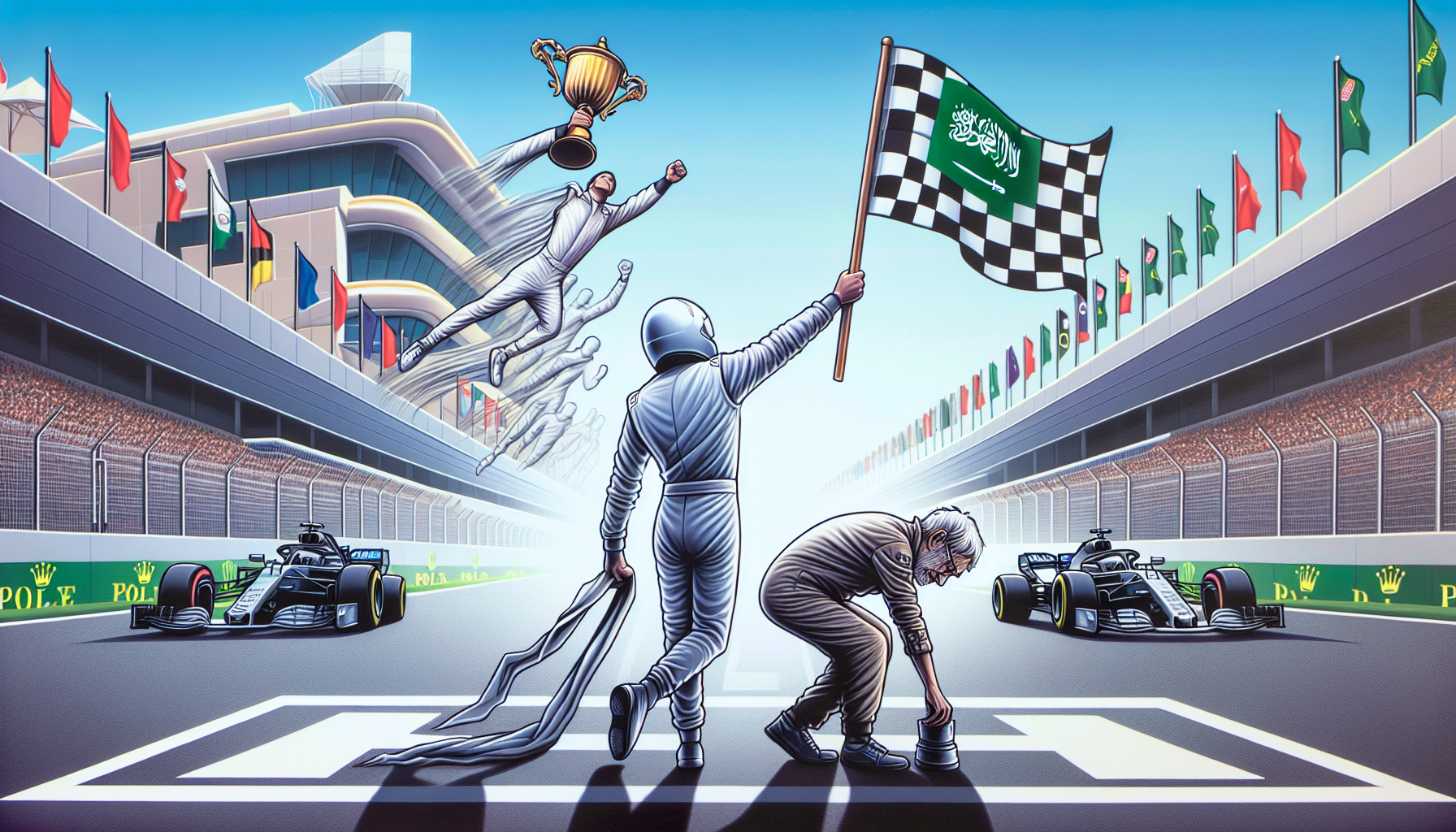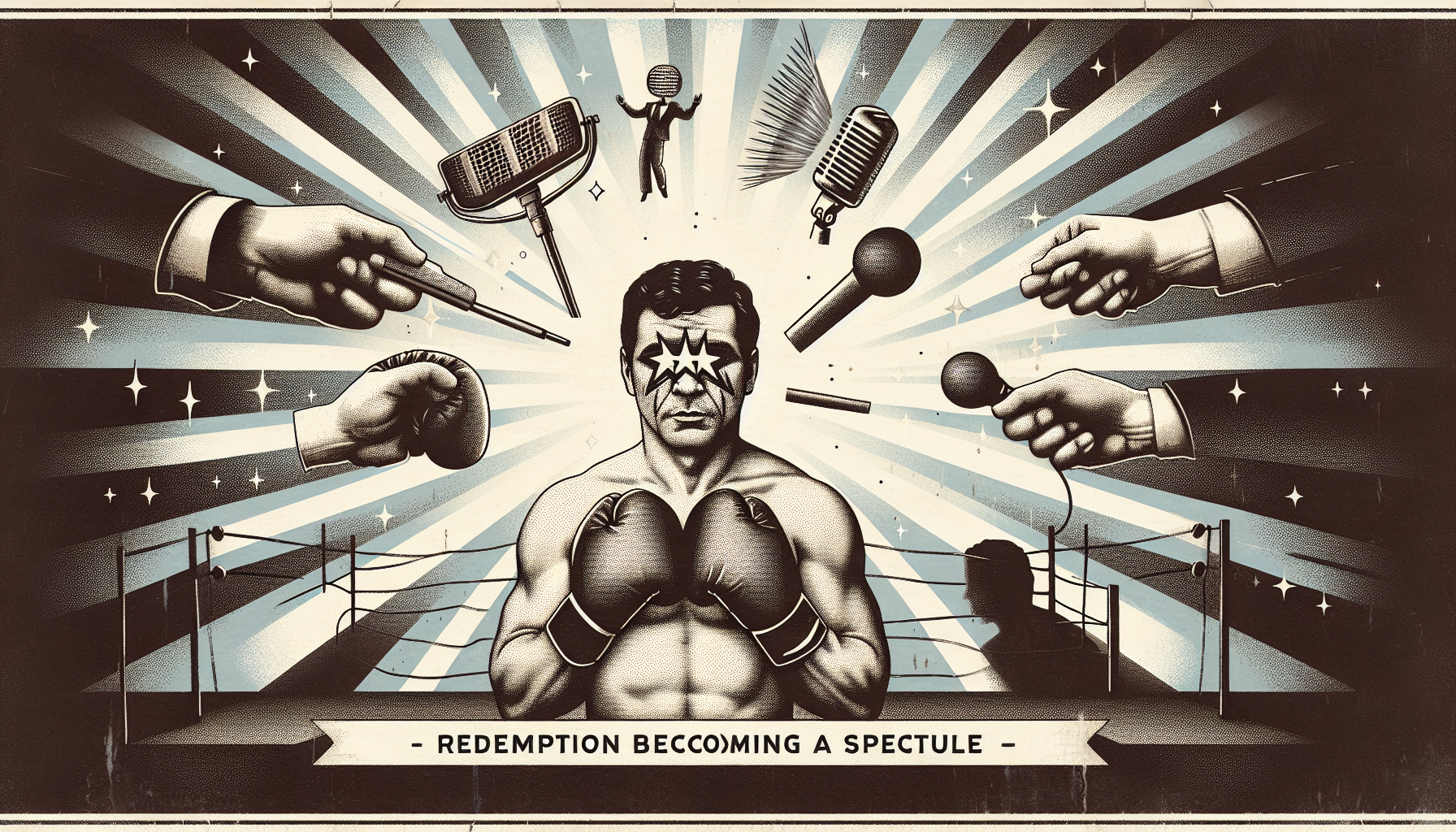Title: Penalties, Pit Stops, and Power Shifts: What the Saudi Arabian Grand Prix Taught Us About Formula 1’s Changing Guard
Dear readers,
There are races that thrill, others that frustrate, and every so often—one that quietly redefines a season. The 2025 Saudi Arabian Grand Prix was all three.
Set against the neon blur of Jeddah’s high-speed circuit, this year’s race didn’t just deliver a new victor—it altered the shape of the championship, and perhaps, offered a glimpse into the generational shift unfolding before our very eyes in Formula 1.
Welcome to the high-stakes chessboard of modern motorsport, where a five-second penalty can undo a world champion, and a 23-year-old Aussie can carve through legends to claim the lead.
Oscar Piastri: The Rise That No Longer Shocks
Let’s begin with Oscar Piastri. “Sensation” is the word echoing through garages and headlines, and for good reason. With his third win of the season and a pivotal move on lap 21—overtaking none other than Lewis Hamilton—Piastri didn’t just win a race. He seized command.
It was calculated. Calm. Clinical. And somehow, effortless.
Once considered McLaren’s "quiet hope," Piastri is now their loud statement. With 99 points under his belt, he leads the driver's championship—making him the first Australian to do so since Mark Webber in 2010.
If you're still viewing this as "beginner’s luck" or "a hot streak"–you're missing the story. Piastri isn’t a surprise anymore. He’s the system disruption.
Verstappen’s Penalty: The Five Seconds Heard ‘Round the World
But no revolution comes without resistance.
Max Verstappen—three-time world champion, Red Bull's raging heart—started from pole and looked ready to dominate. Instead, a turn-one shortcut earned him a five-second time penalty, and with it, the unraveling of his win.
Red Bull's team principal Christian Horner called the ruling “very harsh.” Photographic evidence was brandished. Debates about “Let them race” ensued. But stewards are paid to interpret rules, not fairy tales.
The penalty opened a door, and Piastri waltzed through it.
Let’s not get it twisted. Verstappen still finished second. His brilliance didn’t vanish with five seconds—it simply bumped into a younger iteration of its own ferocity.
Lewis Hamilton: The Weight of Air and Time
Then there’s Lewis.
Arguably Formula 1’s most decorated driver, Hamilton’s seventh-place finish wasn’t awful—but it wasn’t enough. Not for someone of his caliber. Trapped repeatedly in “dirty air,” as team principal Fred Vasseur explained, Hamilton couldn’t build momentum, and the strategy couldn’t save him.
The real concern? Not the points. The trajectory.
Season by season, we’ve seen Hamilton wrestle not just with the car, but with legacy. Can brilliance stretch forever? Or must it evolve—or even yield?
Ferrari believes in him, but belief needs wind tunnels and wins. The upcoming Miami GP will be telling. Not just for his championship hopes—but for his narrative.
The Battle Beyond the Podium
Behind the headlines, the constructors' battle rages. McLaren now sits atop the standings with 188 points. Mercedes and Red Bull trail, but the sport has been here before: great teams stumble, strategic minds recalibrate.
Yet something feels… different.
Andrea Stella, McLaren's team principal, couldn’t hide his pride. And he shouldn’t. His young duo—Piastri and Norris—are no longer apprentices. They are contenders. Their resilience is tangible, their tactics crisp, and their unity frightening for rivals.
Red Bull and Mercedes? They're not just being challenged by faster cars. They're being outmaneuvered by culture—a new approach to teamwork, development, and driver psychology.
Saudi Arabia as a Mirror
This Grand Prix was more than a race—it was a microcosm of Formula 1’s shifting fabric.
A young gun taking the helm. A seasoned giant learning humility. A team on the verge of dynasty. Another nervously eyeing the exit door disguised as a penalty box.
And then, there’s us—the viewers, the obsessives, the keyboard analysts.
Because Formula 1 has always been two things: a sport of milliseconds, and a theater of meaning. What we just witnessed in Jeddah wasn’t just Piastri passing Hamilton. It was the past and future crossing paths—if only for a fraction of a lap.
What’s Next?
As the circuit speeds toward Miami, the questions hang in the humid air like rubber smoke:
- Can Verstappen rebound and retake the lead?
- Is McLaren’s momentum sustainable—or brittle?
- Will Hamilton find the clean air he’s been after since Abu Dhabi 2021?
Picture it now: lights out under the Florida sun. Piastri with that quiet, surgical focus. Max with something to prove. Lewis reaching for something lost.
Until then, keep watching. Not just the cars, but the arcs, the shifts, the silences.
Because in F1, the real accelerations happen off the track, too.
Yours at the edge of speed and story,
A Fan of Apexes & Arcs

